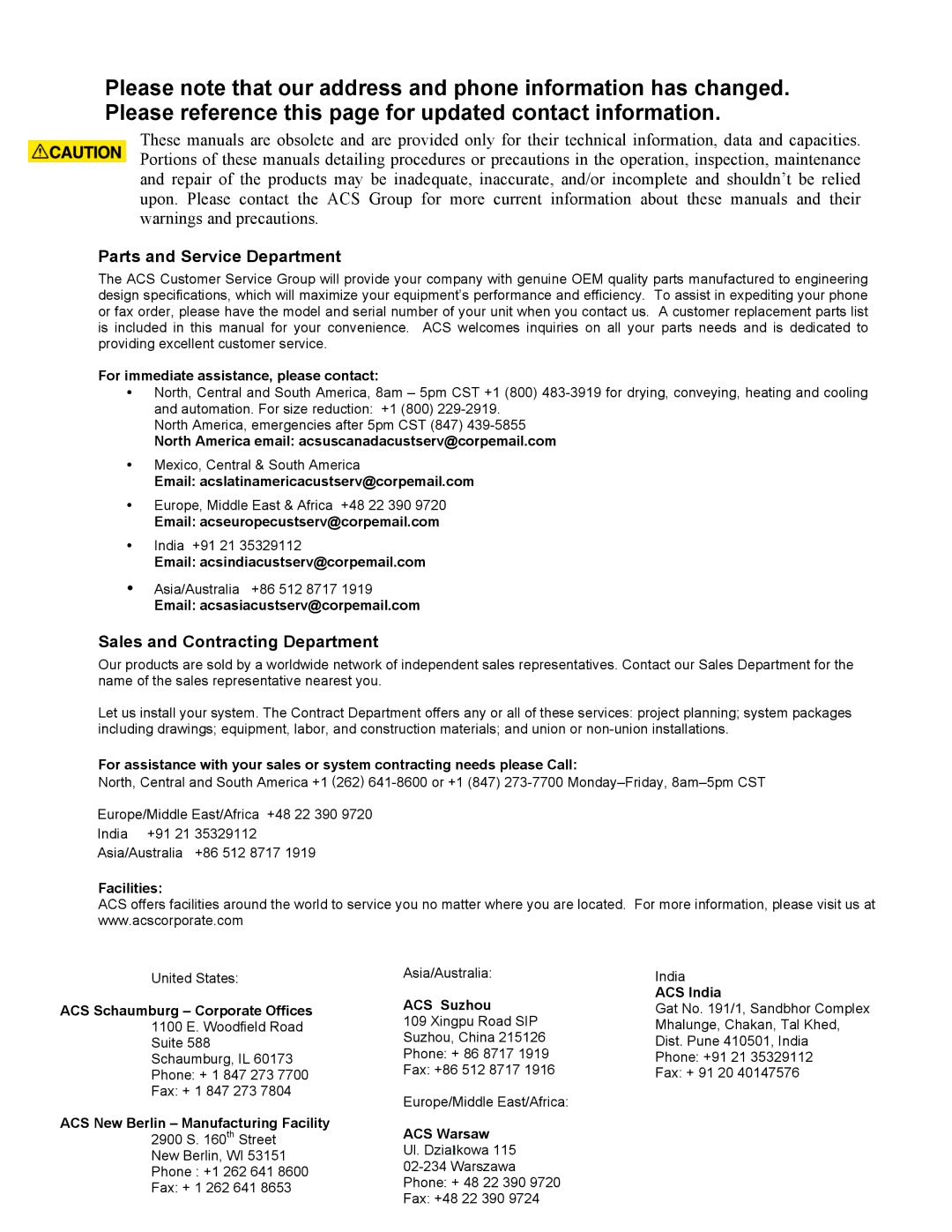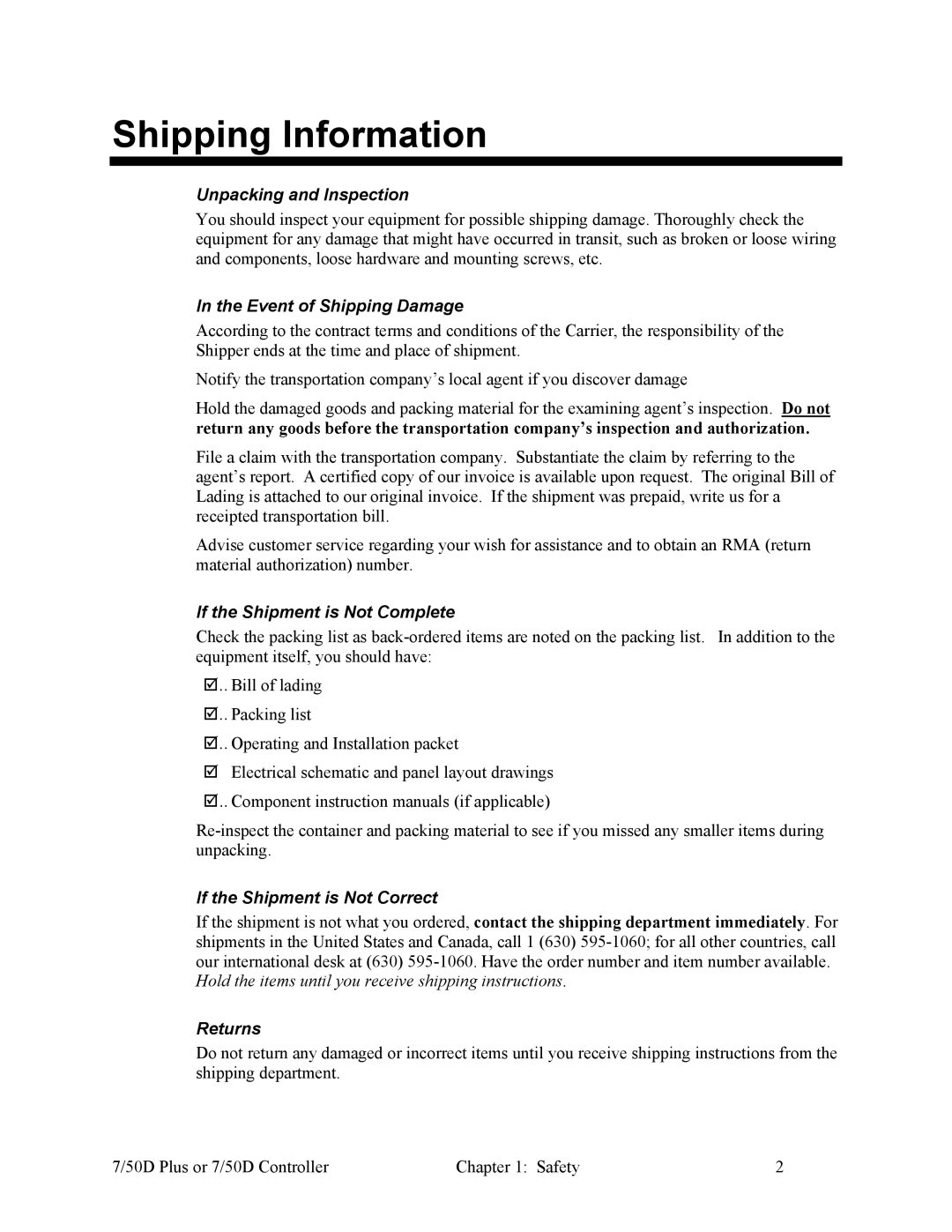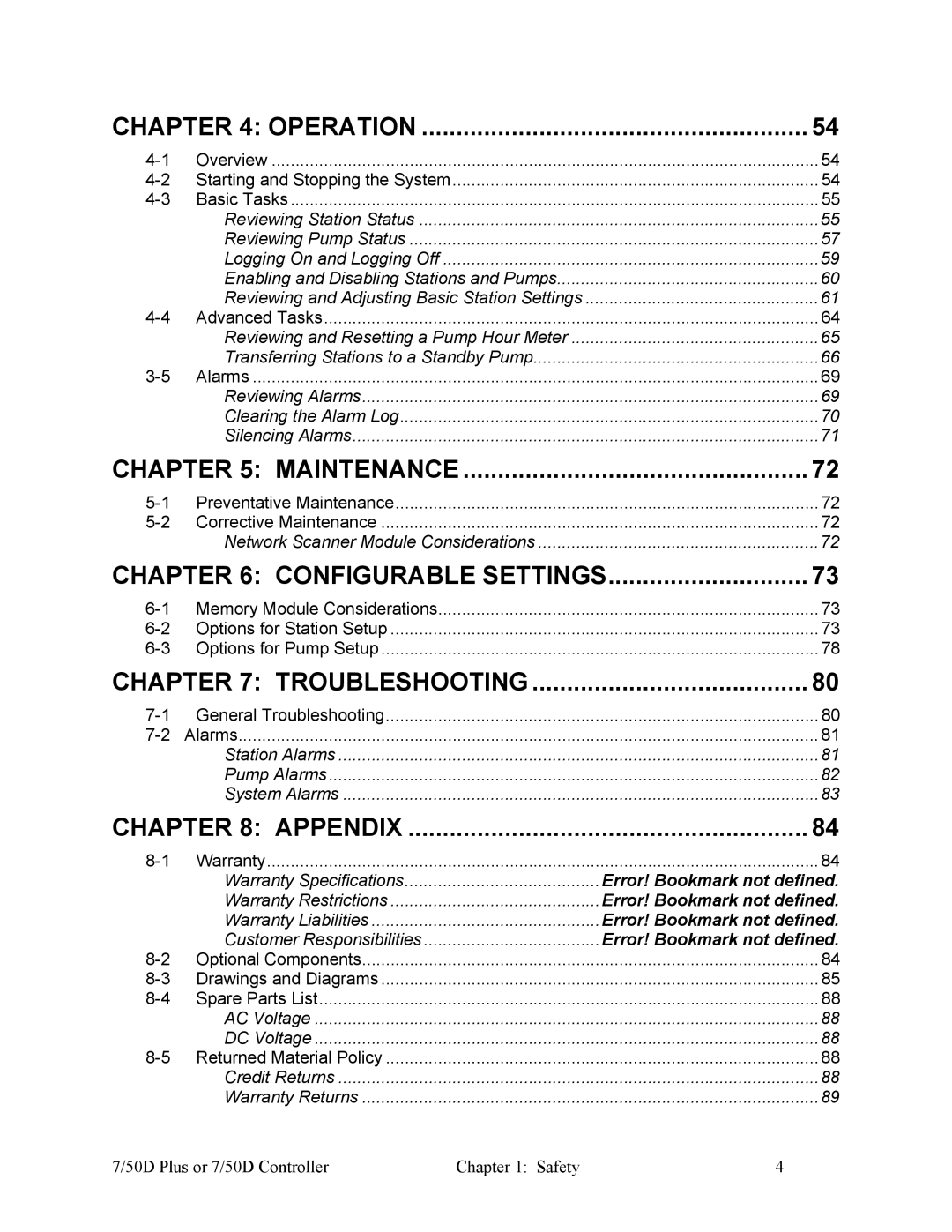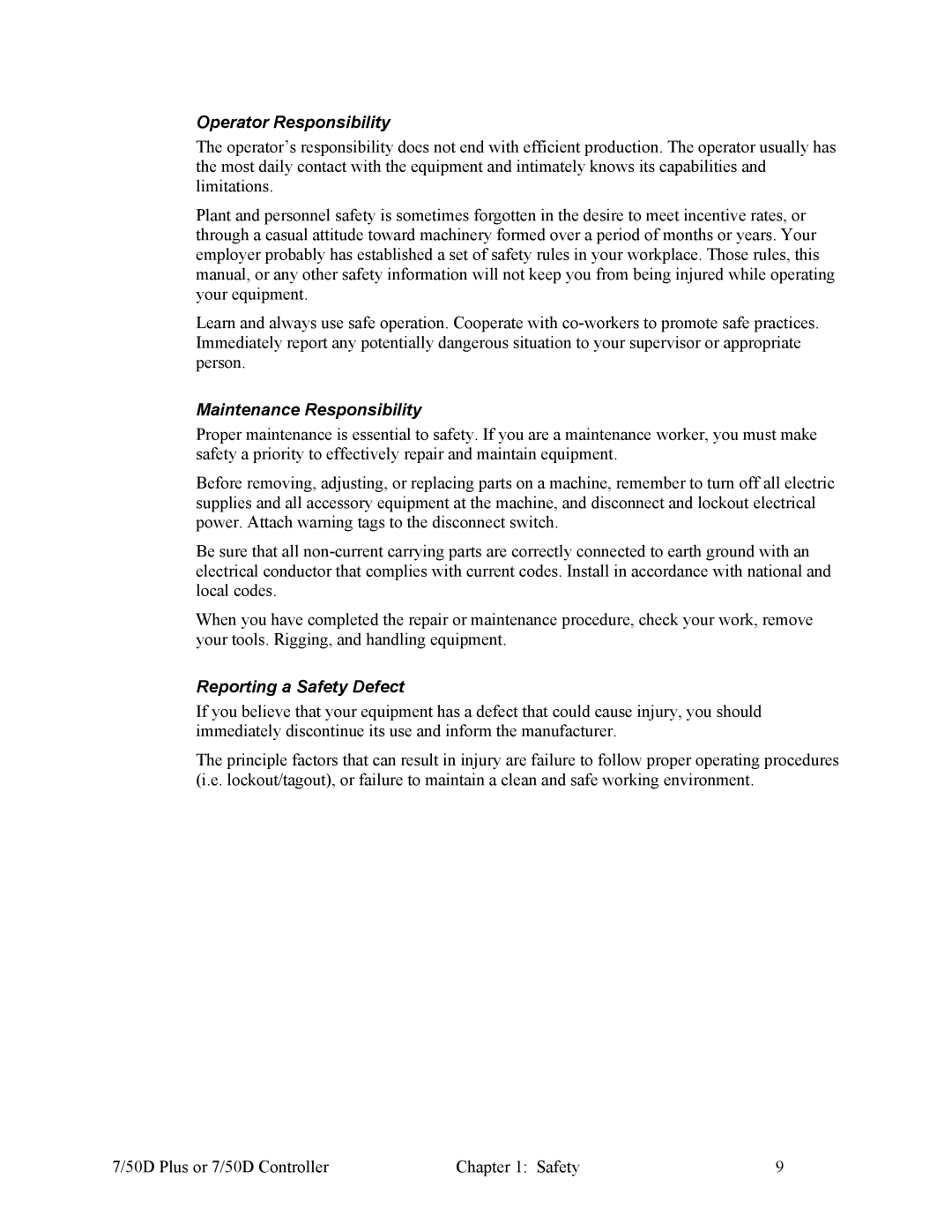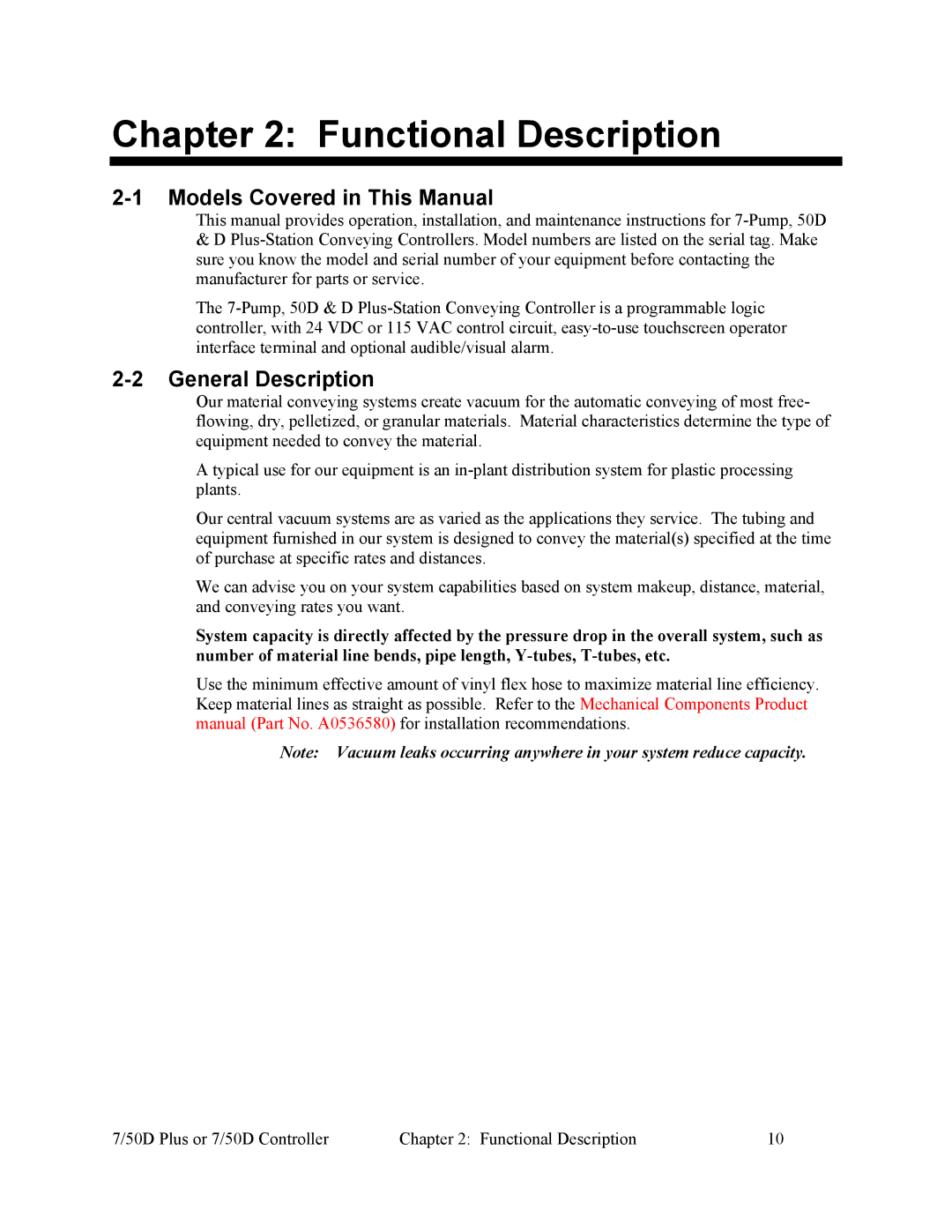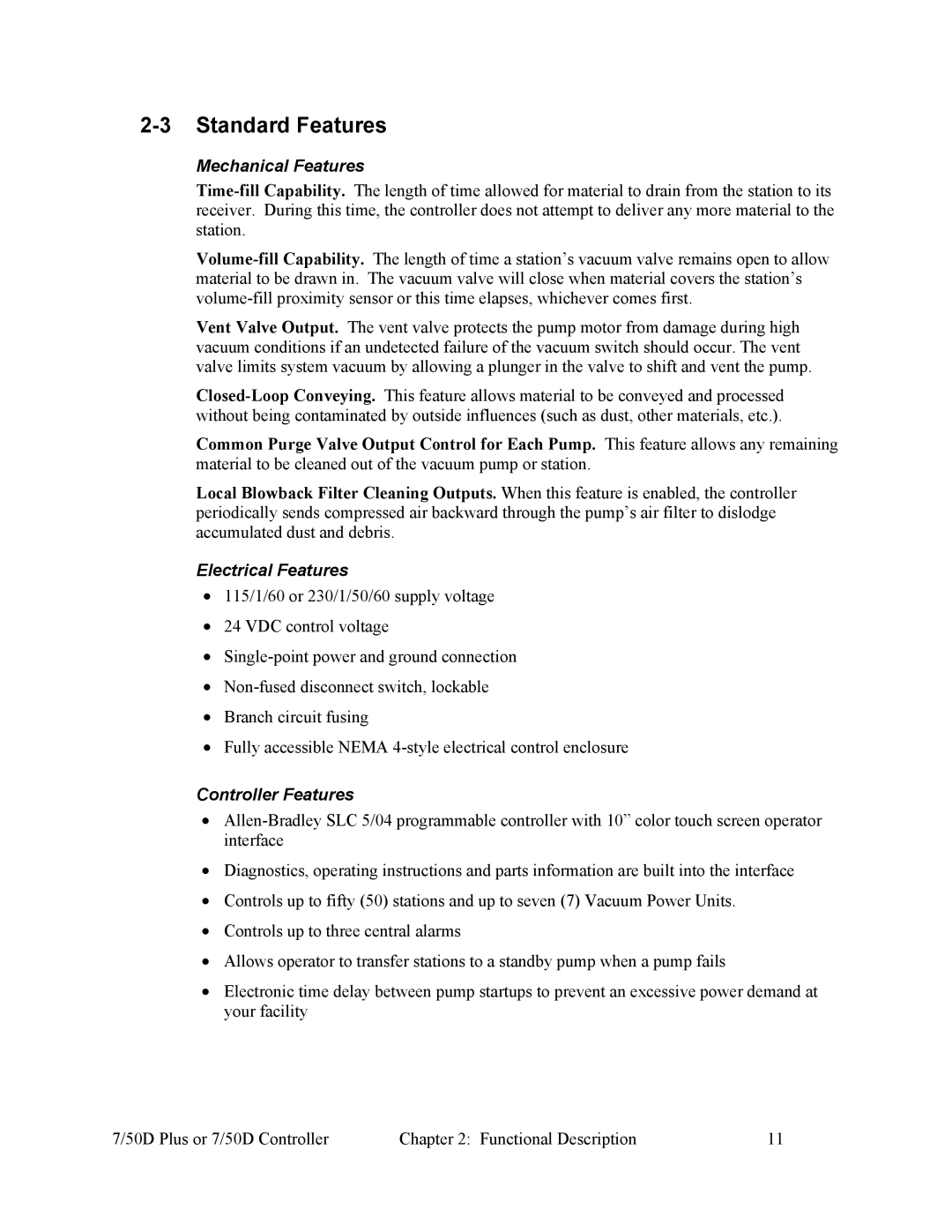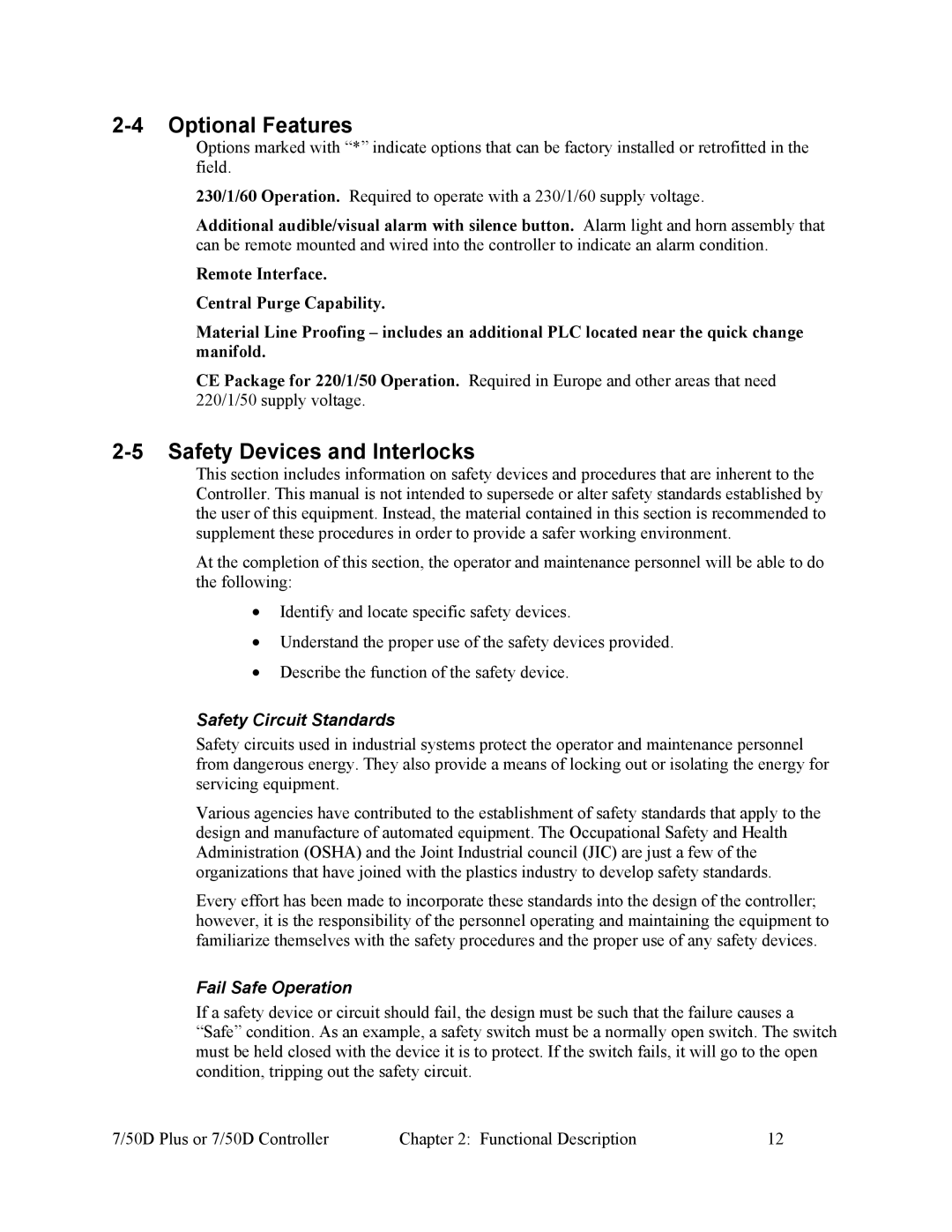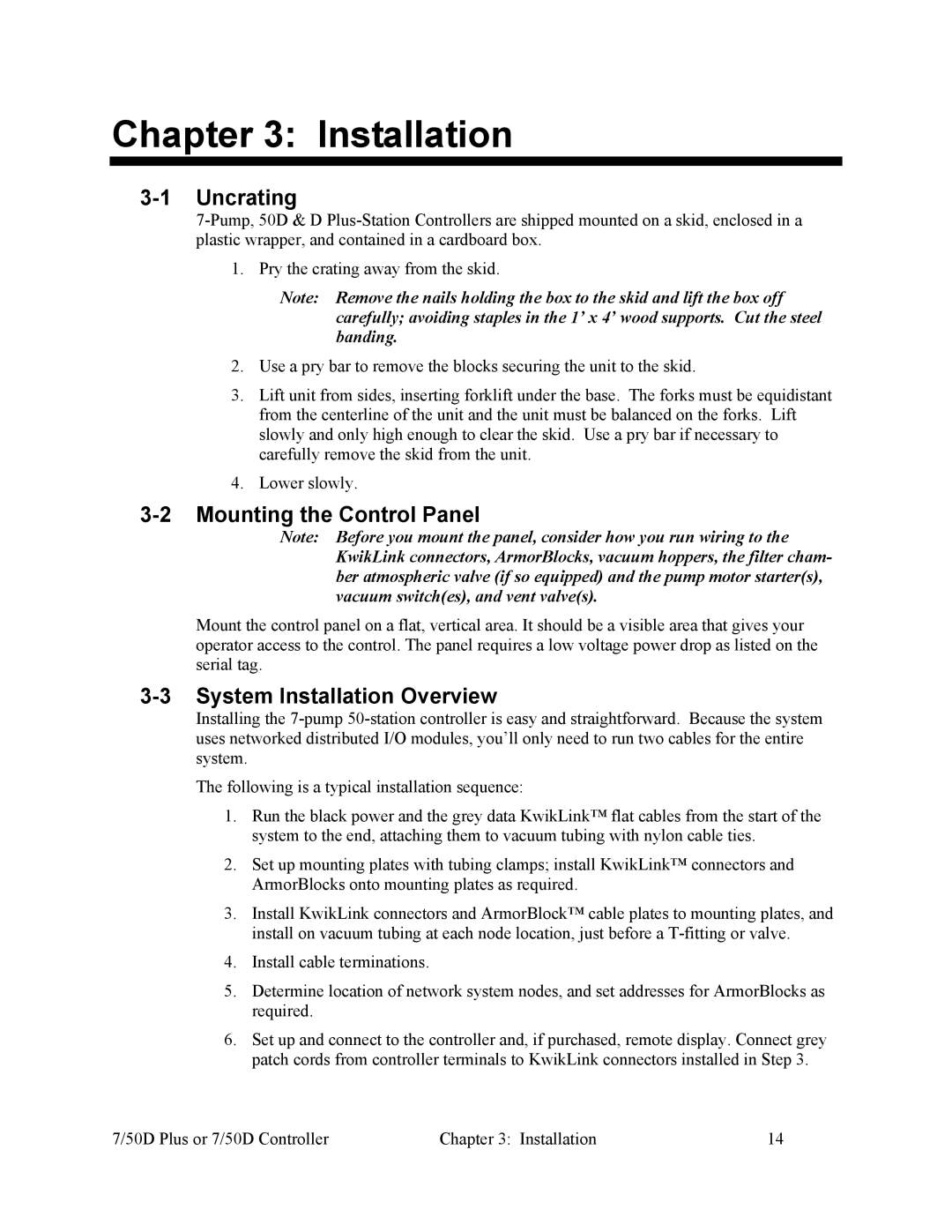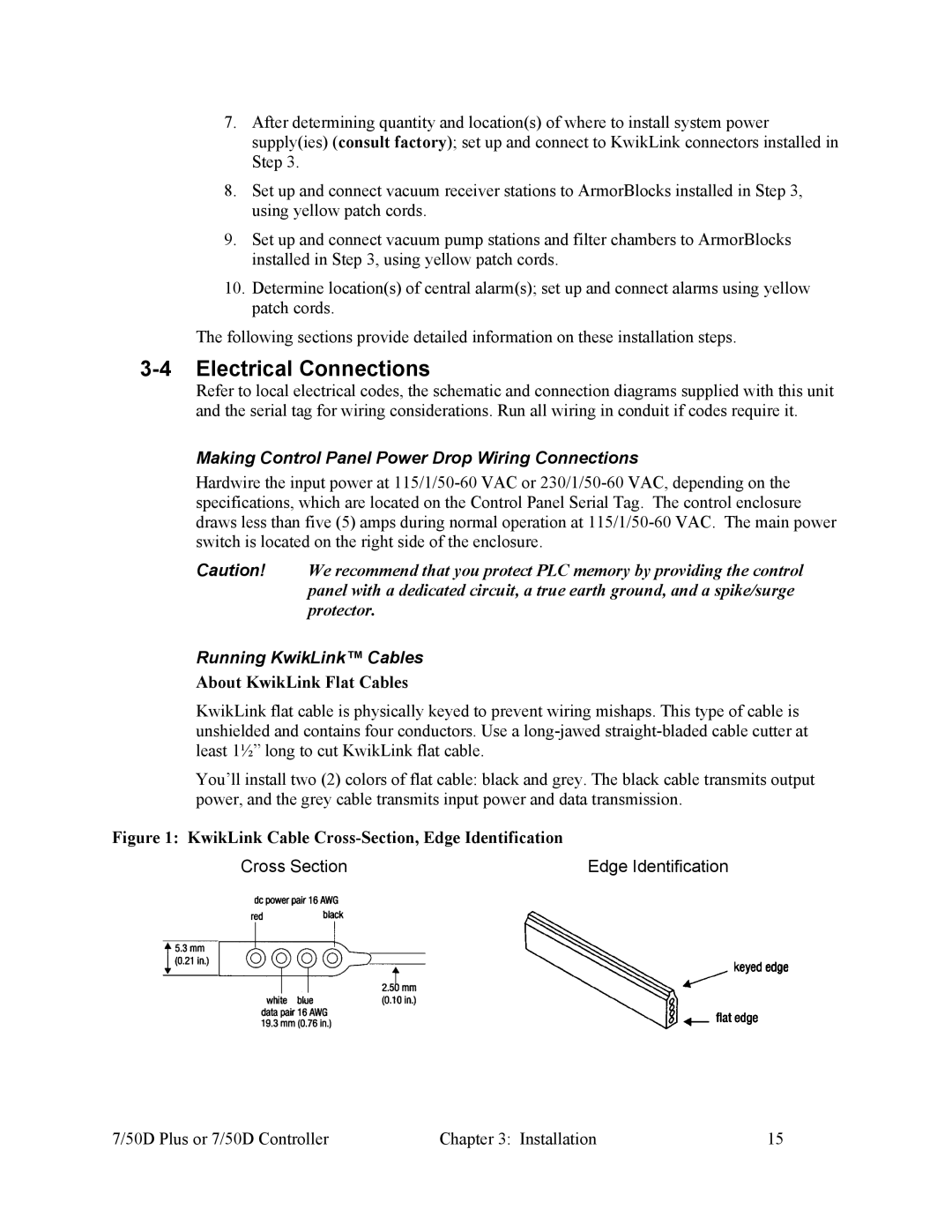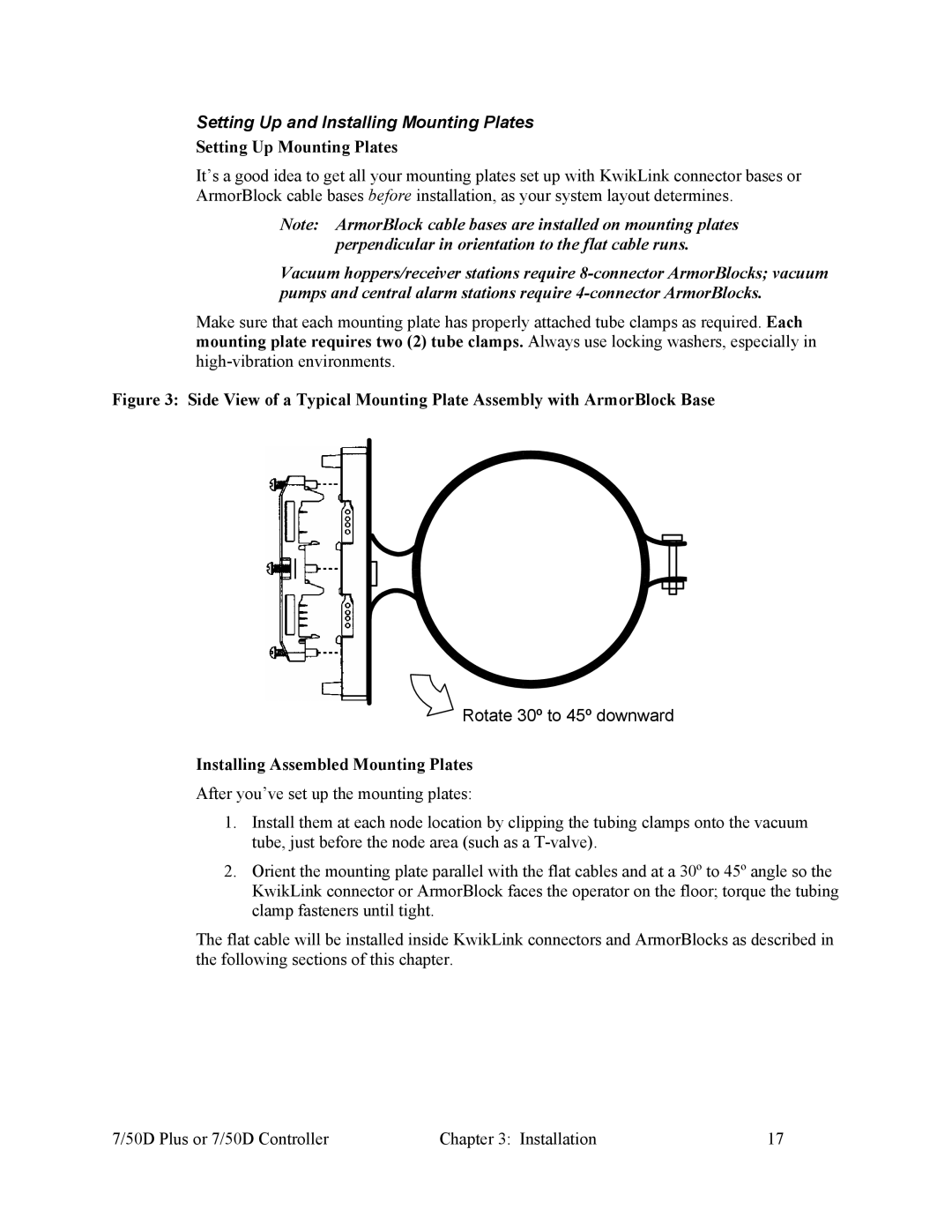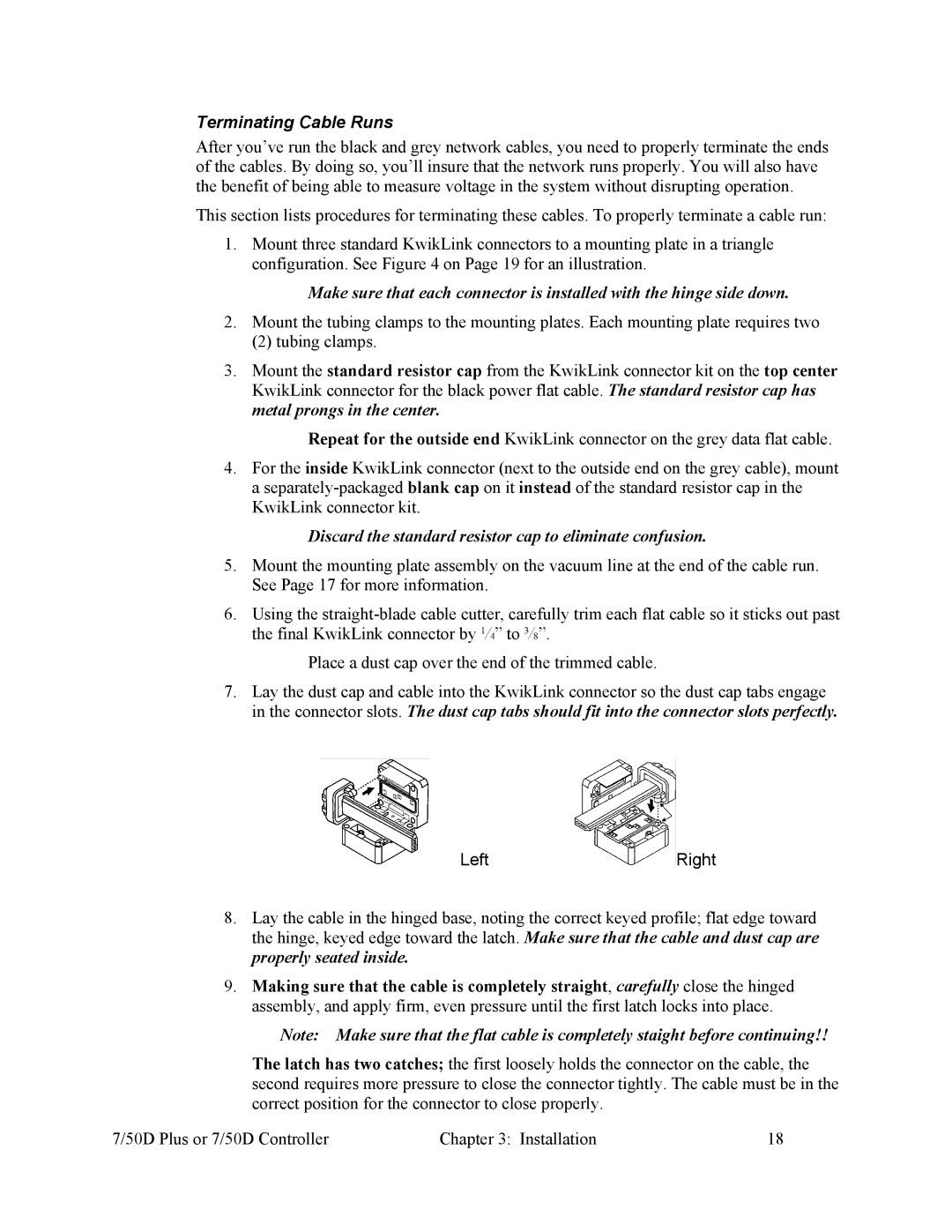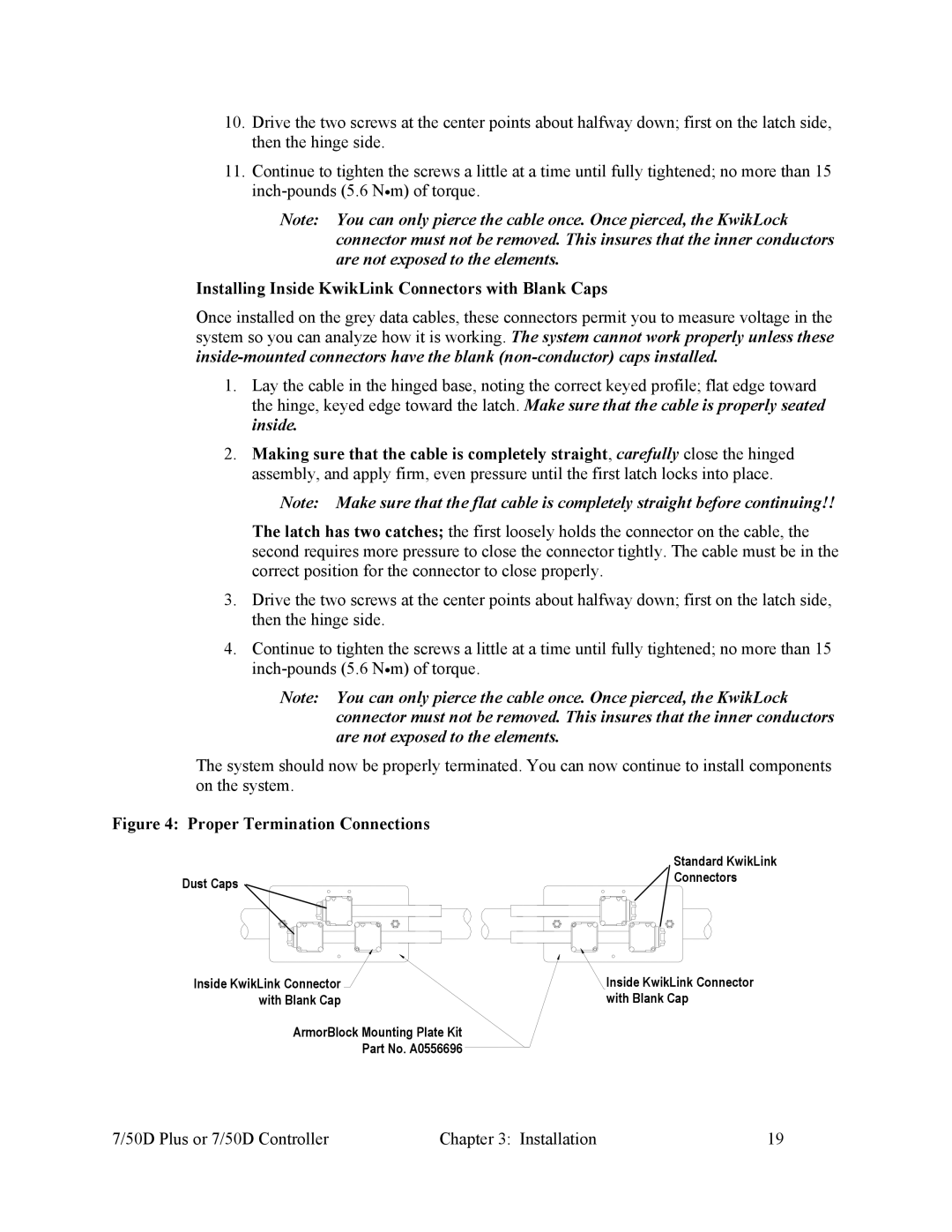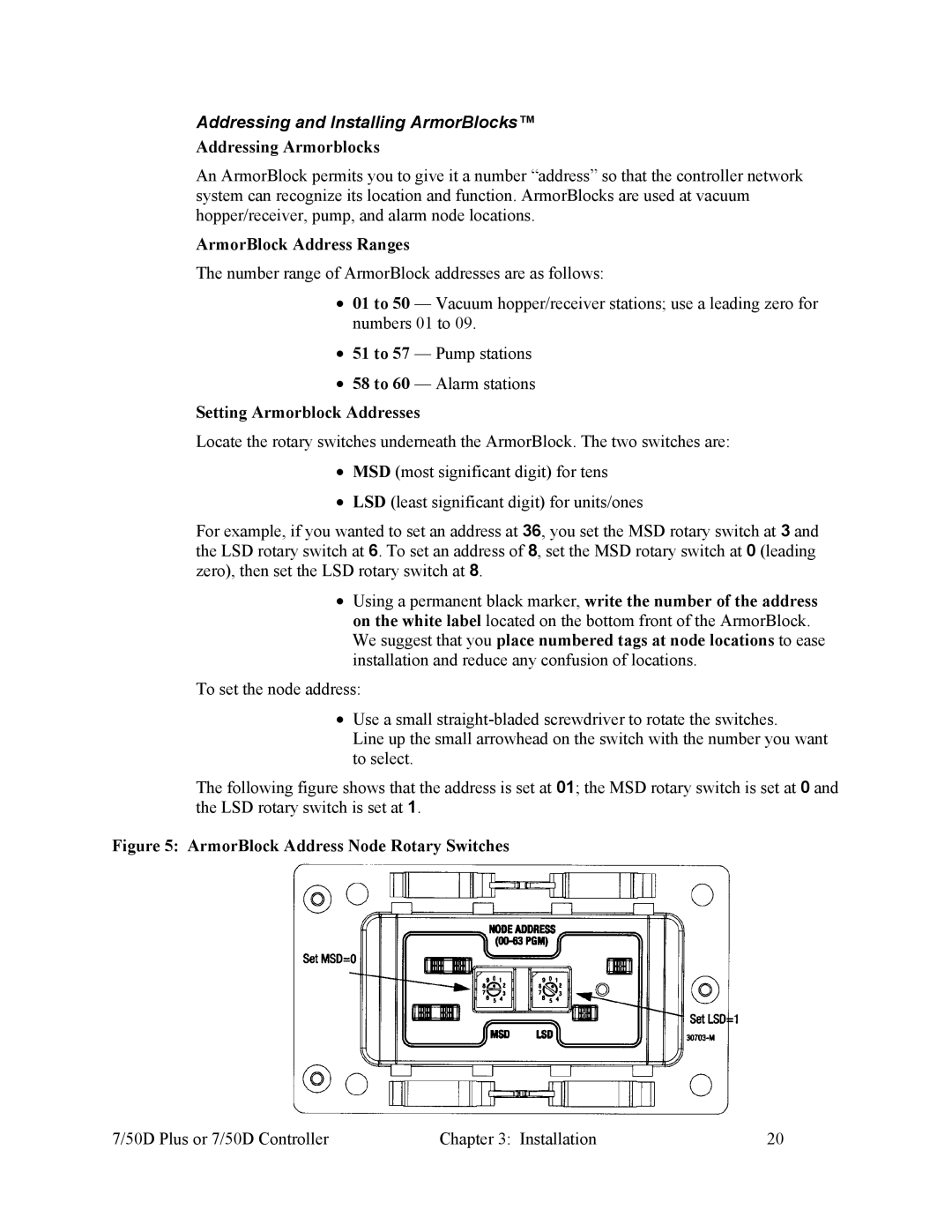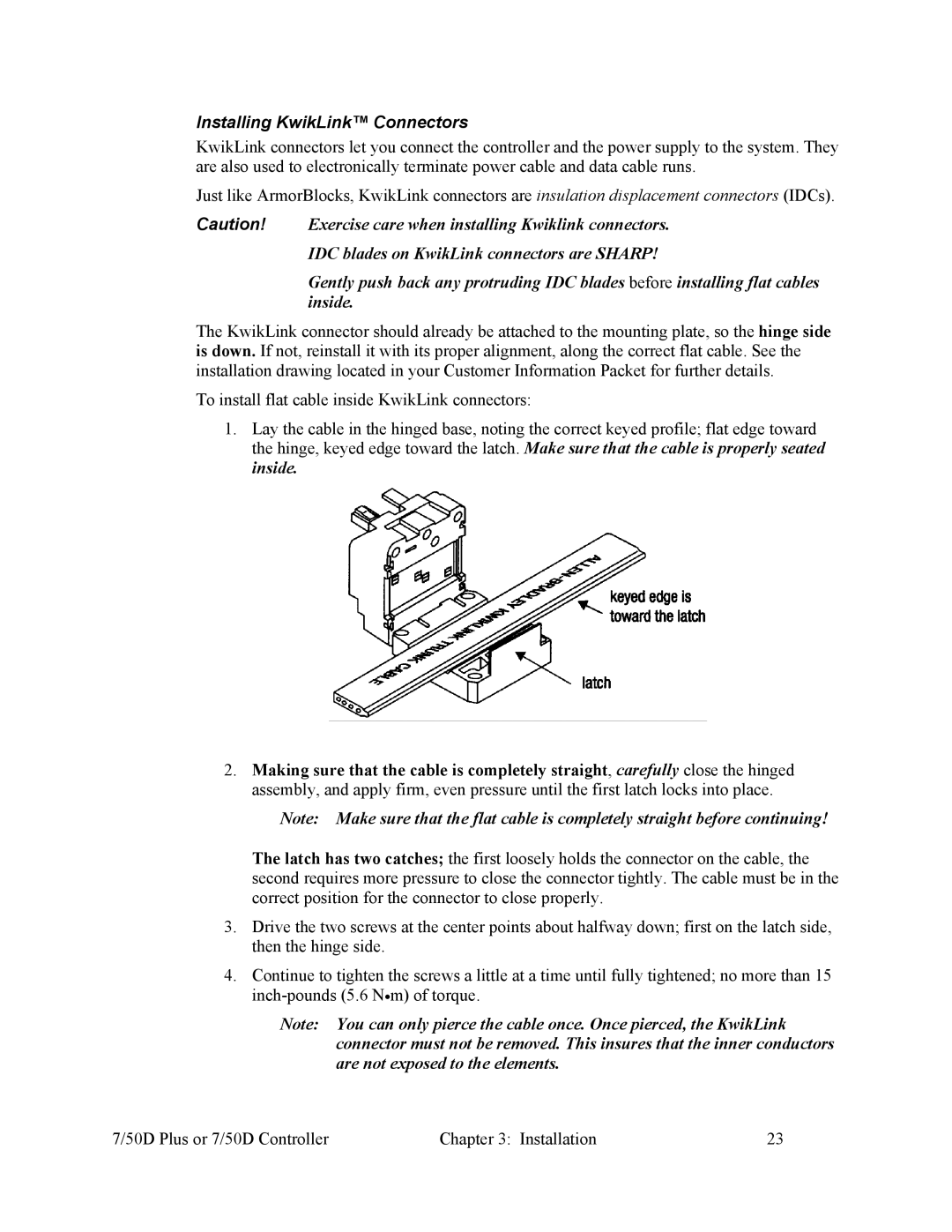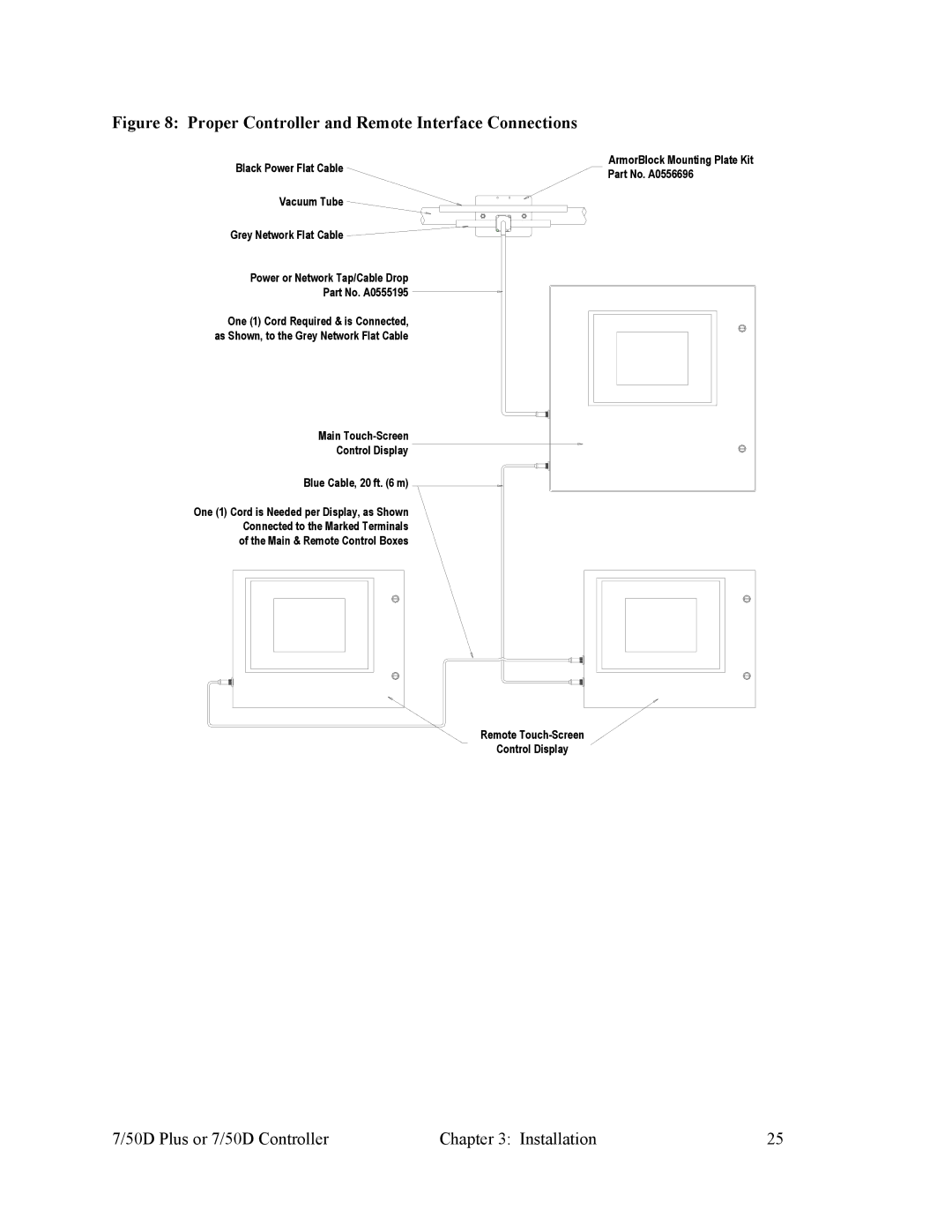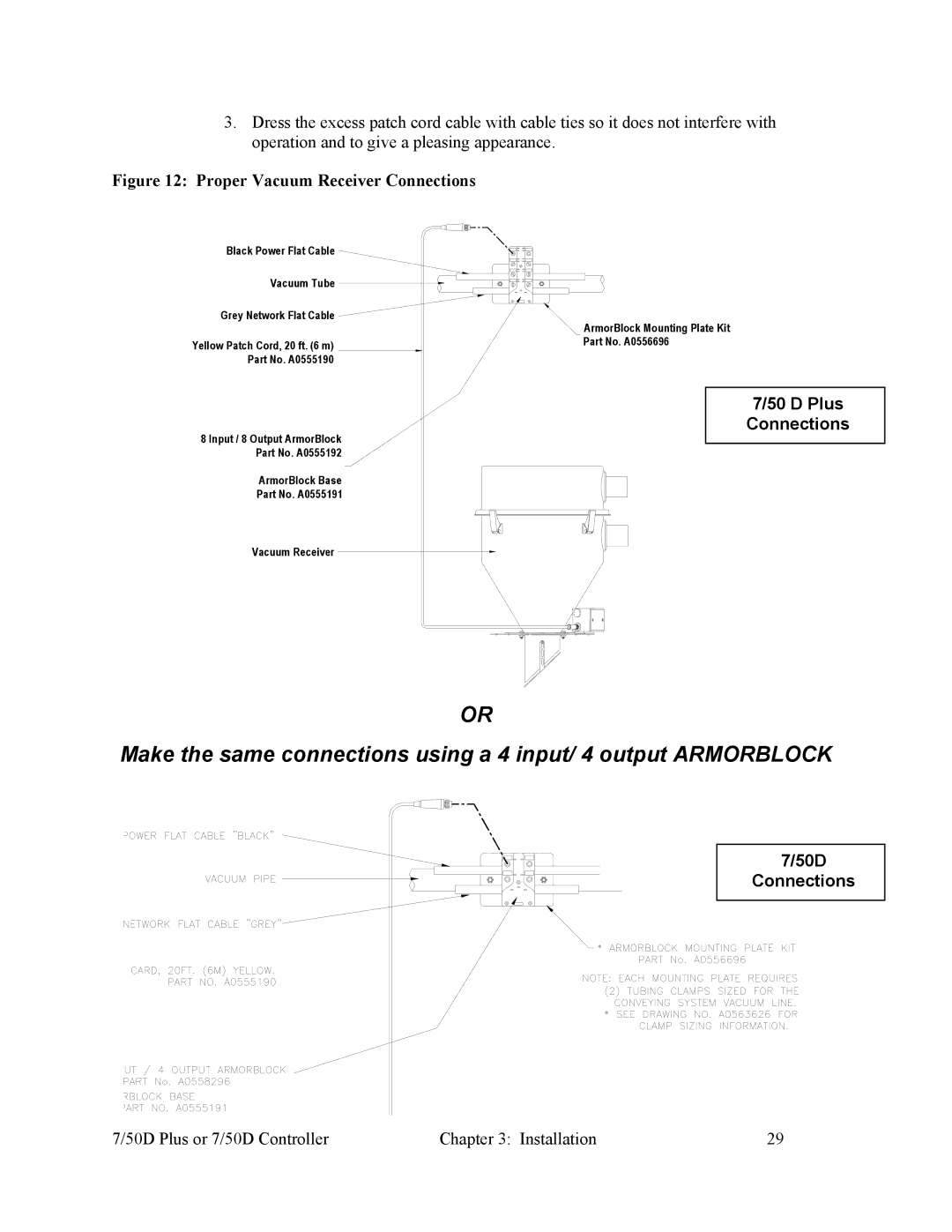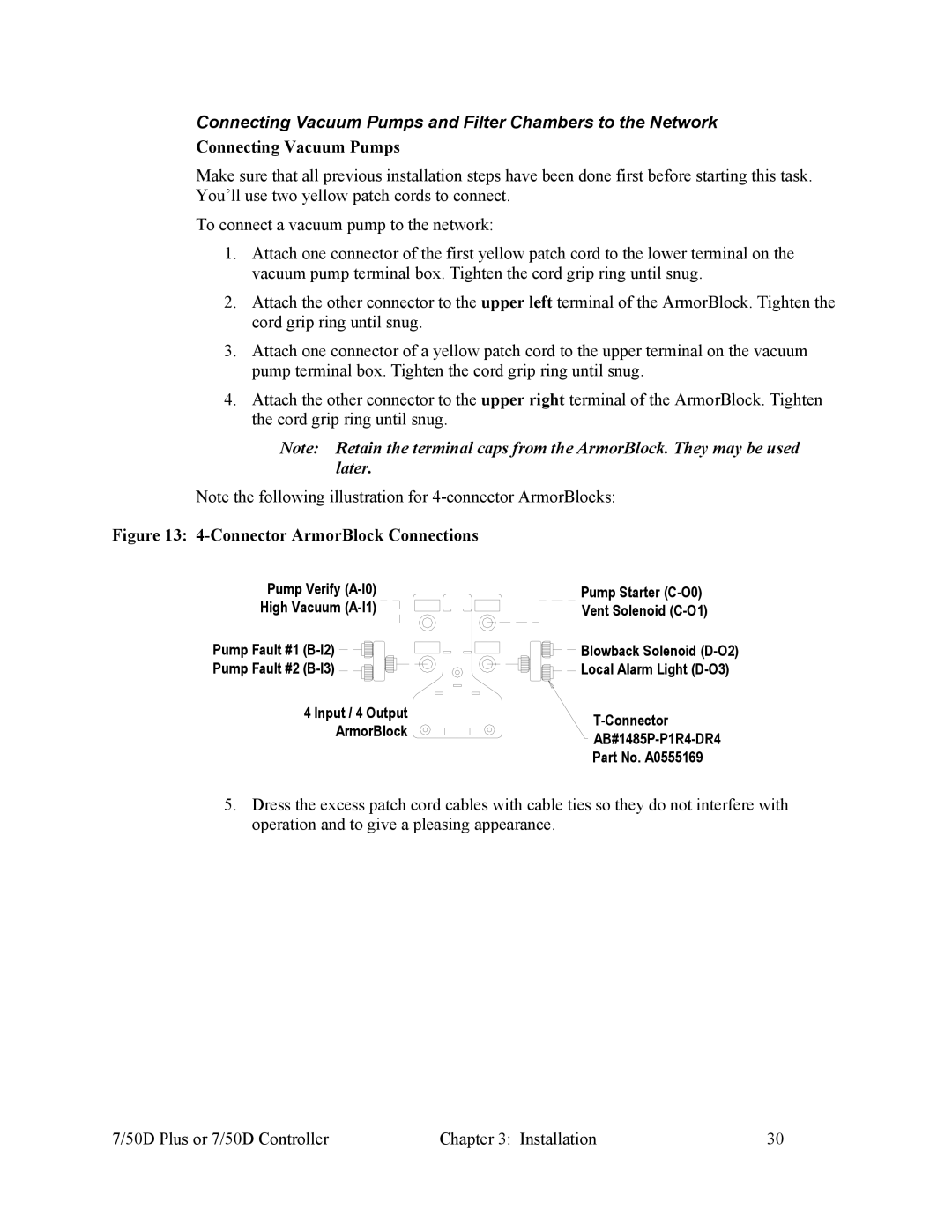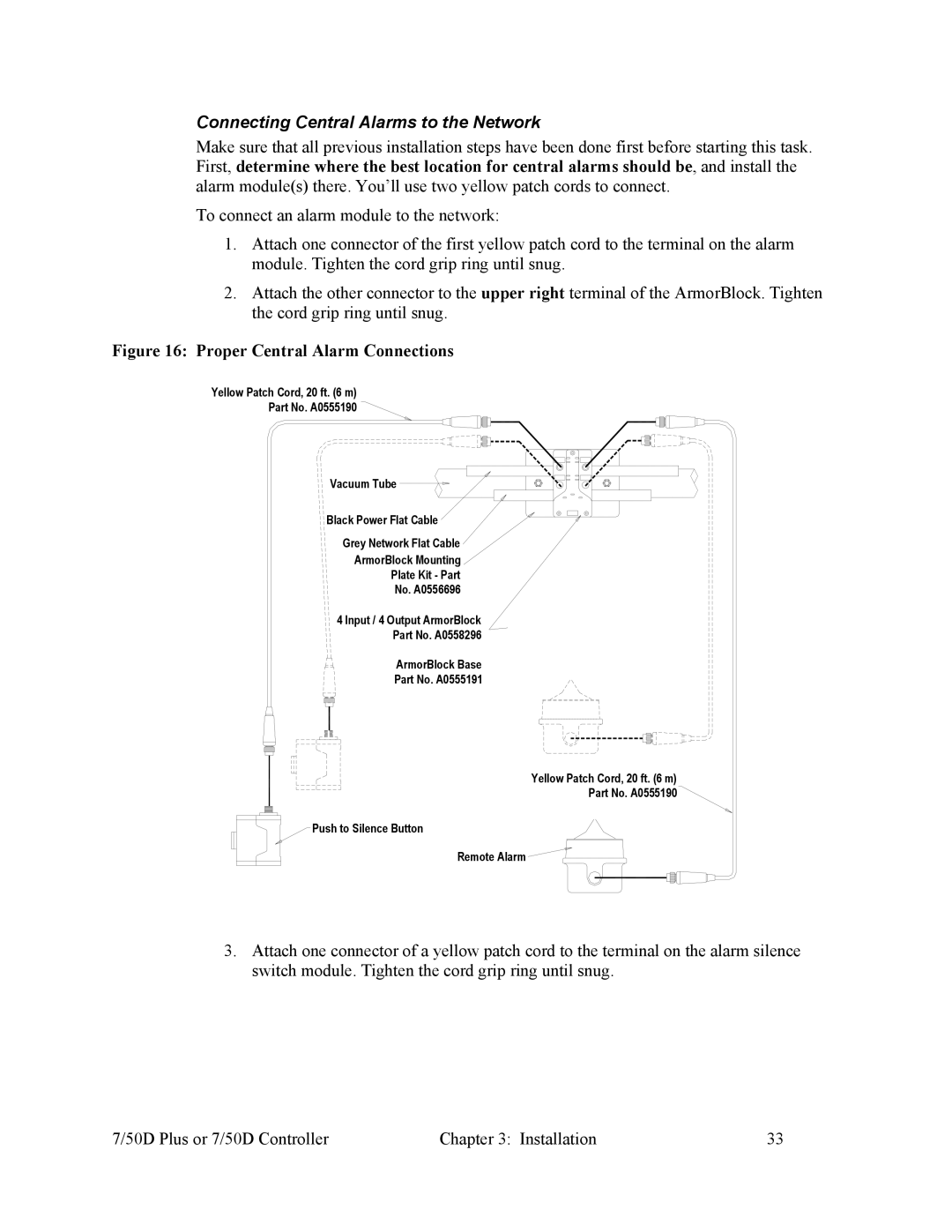2-4 Optional Features
Options marked with “*” indicate options that can be factory installed or retrofitted in the field.
230/1/60 Operation. Required to operate with a 230/1/60 supply voltage.
Additional audible/visual alarm with silence button. Alarm light and horn assembly that can be remote mounted and wired into the controller to indicate an alarm condition.
Remote Interface. Central Purge Capability.
Material Line Proofing – includes an additional PLC located near the quick change manifold.
CE Package for 220/1/50 Operation. Required in Europe and other areas that need 220/1/50 supply voltage.
2-5 Safety Devices and Interlocks
This section includes information on safety devices and procedures that are inherent to the Controller. This manual is not intended to supersede or alter safety standards established by the user of this equipment. Instead, the material contained in this section is recommended to supplement these procedures in order to provide a safer working environment.
At the completion of this section, the operator and maintenance personnel will be able to do the following:
•Identify and locate specific safety devices.
•Understand the proper use of the safety devices provided.
•Describe the function of the safety device.
Safety Circuit Standards
Safety circuits used in industrial systems protect the operator and maintenance personnel from dangerous energy. They also provide a means of locking out or isolating the energy for servicing equipment.
Various agencies have contributed to the establishment of safety standards that apply to the design and manufacture of automated equipment. The Occupational Safety and Health Administration (OSHA) and the Joint Industrial council (JIC) are just a few of the organizations that have joined with the plastics industry to develop safety standards.
Every effort has been made to incorporate these standards into the design of the controller; however, it is the responsibility of the personnel operating and maintaining the equipment to familiarize themselves with the safety procedures and the proper use of any safety devices.
Fail Safe Operation
If a safety device or circuit should fail, the design must be such that the failure causes a “Safe” condition. As an example, a safety switch must be a normally open switch. The switch must be held closed with the device it is to protect. If the switch fails, it will go to the open condition, tripping out the safety circuit.
7/50D Plus or 7/50D Controller | Chapter 2: Functional Description | 12 |

